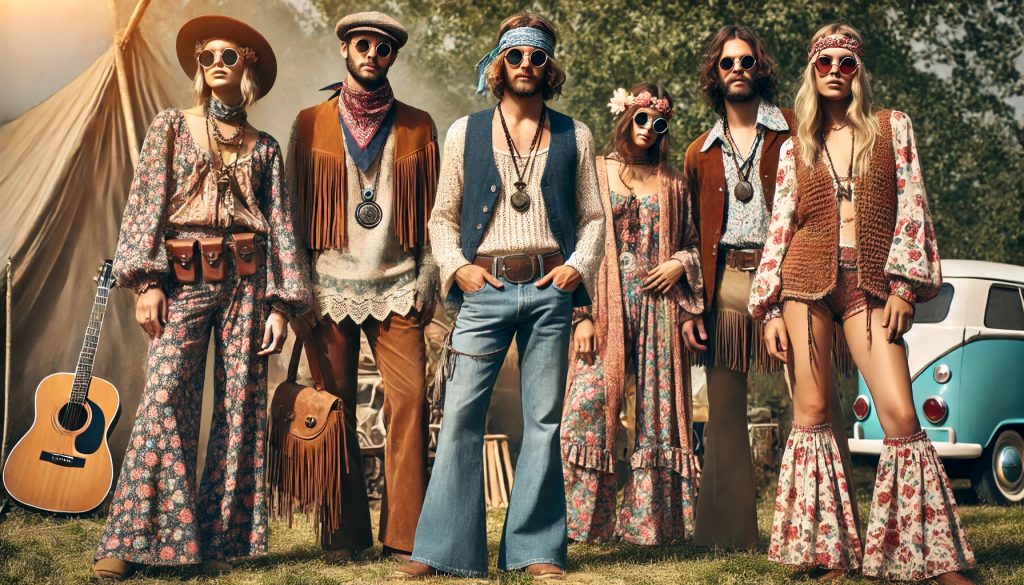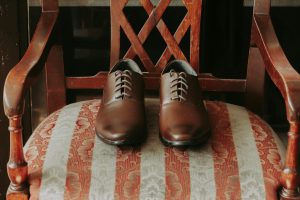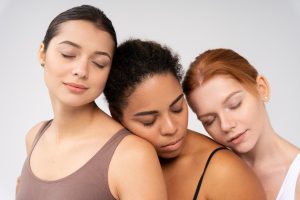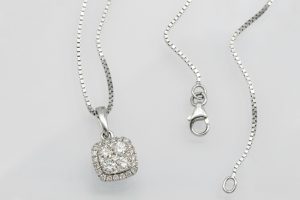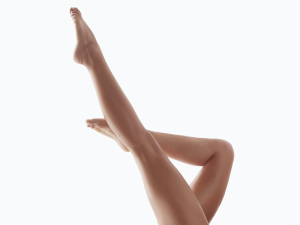The bold approach of the 1970s has inspired a modern resurgence in 1970s men’s fashion trends, championed by fashion designers Tom Ford, Hedi Slimane, and Gordon Richardson at Topman. Aviator jackets, wide collars, and flared trousers made a comeback, proving that the fearless fashion spirit of the era is still alive. Get ready to channel the best-dressed men of the 1970s and make a statement with your style.

1970s men’s fashion trends was an explosion of bold colours, experimental styles, and a break from the mainstream.
After an era dominated by conservative suits and muted tones, the 1970s men’s fashion trends witnessed an explosion of bold colours, experimental styles, and a break from the mainstream. The fearless spirit of the era was palpable—men dressed to stand out and make a statement.
From the flamboyant flair of disco to the rebellious spirit of punk, and the sophisticated, yet laid-back allure of the leisure suit, 1970s men’s fashion trends were as eclectic as they were influential. Celebrities and cultural icons played a pivotal role in shaping these trends, pushing boundaries with their innovative looks and redefining what it meant to dress stylishly.
As a result, men’s fashion in the 70s became a dynamic blend of creativity and self-expression, leaving a lasting impact that continues to inspire contemporary styles today.
Celebrities who influenced Iconic 70s mens fashion trends
Iconic figures like Elton John and Mick Jagger led the charge with flamboyant choices such as wide flared trousers, velvet suits, and unbuttoned shirts. Their styles were anything but subtle, epitomising the decade’s audacious fashion ethos. On the more classic end, style icons like Paul Newman, Steve McQueen, and Robert Redford demonstrated how to master the art of power dressing. They made wide-lapelled tailoring, kipper ties, and oversized sunglasses essential components of 70s fashion.
David Bowie, with his androgynous and flamboyant aesthetic, was one of the most influential figures in 70s fashion. Bowie’s fearless approach to style challenged traditional notions of masculinity and encouraged men to experiment with vibrant colors, bold patterns, and unconventional silhouettes. His unique blend of glam rock and avant-garde fashion left a lasting impact on the decade’s menswear trends and continues to inspire fashion designers today.
Another key influencer of 70s men’s fashion was John Travolta, whose role in Saturday Night Fever made the disco look synonymous with the decade. Travolta’s portrayal of Tony Manero, with his sharp, three-piece white suit, black shirt, and gold accessories, became the epitome of disco style. This look, characterised by wide lapels, flared trousers, and a sleek, tailored fit, brought an element of sophistication and swagger to men’s evening wear. The film’s popularity helped propel disco fashion into the mainstream, inspiring men around the world to adopt similar styles for nights out on the town.
Related Content:
Fashion trends for teenage guys
Iconic 70s men’s fashion trends
Disco Fever
The disco era of the 1970s, which became widely popular after Saturday Night Fever, revolutionised men’s fashion with its bold and flashy styles that were designed to stand out on the dance floor. Key elements of this men’s fashion trend include shiny fabrics like polyester and satin, vibrant colours, and eye-catching patterns such as paisley and geometric shapes. Men often wore fitted shirts with exaggerated collars and flared pants. Platform shoes added height and drama to the look. This flamboyant style was all about self-expression and confidence, reflecting the hedonistic and carefree spirit of the disco scene.
Fashion accessories played an integral role in completing the disco look. Gold chains, wide belts, and oversized sunglasses added a touch of glamour and opulence. Men experimented with hairstyles, from afros to slicked-back hair, often using hair products to achieve a glossy finish. The disco trend wasn’t just confined to nightclubs; it influenced mainstream fashion, encouraging men to embrace daring and experimental styles in their everyday wardrobes. The vibrant and energetic aesthetic of disco fashion continues to be celebrated and reinterpreted in modern fashion as a symbol of the exuberant 70s spirit.
Bell-Bottoms
Bell-bottoms were a defining trend in 1970s men’s fashion, characterised by their wide-legged flare that began at the knee and extended outward. Originally associated with the counterculture movement of the late 1960s, these trousers became a mainstream fashion statement throughout the decade. Bell-bottoms were often made from denim or corduroy and were worn both casually and in formal settings, depending on how they were styled. Paired with fitted shirts or turtlenecks, they created a relaxed silhouette, epitomising the laid-back yet adventurous spirit of the era.
This style wasn’t limited to just casual wear; bell-bottoms also found their way into more formal and professional attire. Fashion designers incorporated them into suits, creating looks that combined traditional tailoring with the silhouette of the flared pants. Celebrities and musicians, such as Jimi Hendrix and Mick Jagger, popularised the fashion trend, making bell-bottoms a symbol of rebellion and individuality. Bell-bottoms have since experienced several revivals, proving their enduring appeal as a versatile and iconic fashion statement.
Leisure Suits

The leisure suit represented a shift towards more casual and comfortable menswear.
The leisure suit became synonymous with 1970s fashion, representing a shift towards more casual and comfortable menswear. These polyester suits featured wide lapels, contrast stitching, and often came in bold colours like mustard, olive, and powder blue. Unlike traditional suits, leisure suits were designed to be worn without a tie and were paired with open-collared shirts, making them perfect for both work and social occasions.
Leisure suits were not just a trend; they embodied the era’s move towards more versatile everyday wear. The suits were often adorned with decorative elements such as epaulettes and chest pockets, adding to their distinctive look. While they were initially popularised by celebrities like John Travolta in Saturday Night Fever, leisure suits became a staple for the average man as well, accessible in department stores across the country.
Turtlenecks
Turtlenecks were a versatile and stylish choice for men in the 1970s, offering a sophisticated look that could be dressed up or down. Often made from soft, stretchy materials like cotton or wool blends, turtlenecks were worn as standalone pieces or layered under blazers and jackets. They came in a variety of colours and patterns. This flexibility made turtlenecks a popular choice for both casual and semi-formal settings, providing a sleek and streamlined silhouette.
The popularity of turtlenecks in the 1970s can be attributed to their adaptability and ease of wear. They were a favourite among intellectuals and artists, lending an air of sophistication and modernity. Celebrities like Steve McQueen and Paul Newman frequently sported turtlenecks, reinforcing their status as a stylish yet effortless wardrobe staple. Whether paired with tailored trousers or worn under a leather jacket, the turtleneck offered a polished and contemporary look that suited a wide range of personal styles. Its timeless appeal has ensured its place in men’s fashion, continuing to be a popular choice in modern wardrobes.
Peacock Revolution

The 1970s saw men’s fashion embrace a more flamboyant aesthetic, breaking away from conservative styles of previous decades.
The Peacock Revolution of the 1970s saw men’s fashion embrace a more flamboyant and colourful aesthetic, breaking away from the conservative styles of previous decades. This movement was characterised by vibrant colours, bold patterns, and an emphasis on individual expression through fashion. Men began to wear suits with dramatic cuts, wide lapels, flared trousers, and longer jackets. Fabrics were often luxurious, including velvets, silks, and brocades. This style was all about making a statement and rejecting the idea that fashion was solely a woman’s domain.
The Peacock Revolution also encouraged men to experiment with fashion accessories, such as scarves, jewellery, and makeup. The look was popularised by cultural icons like David Bowie and Mick Jagger, who embodied the androgynous and avant-garde spirit of the men’s fashion trend. This era of fashion was about pushing boundaries and embracing a more liberated approach to personal style. The influence of the Peacock Revolution can still be seen in modern menswear, as fashion designers continue to draw inspiration from its boldness and creativity.
Why are 70s men’s fashion trends seeing a resurgence?
The resurgence of 70s men’s fashion can be attributed to its bold, expressive aesthetic that contrasts sharply with the minimalism that has dominated recent decades. The 1970s were a time when men were not afraid to make a statement through their unapologetic approach to fashion and this attitude appeals to a contemporary audience that is increasingly embracing individuality and self-expression.
Modern trends are shifting away from the understated looks, favouring instead the vibrancy and character that 70s fashion embodies. In addition to its visual appeal, 70s men’s fashion is also relevant today due to its emphasis on gender fluidity and non-conformity. The decade was notable for blurring traditional gender boundaries in fashion, with men sporting high heels, flamboyant fabrics, and daring cuts that challenged conventional norms. This aligns closely with current conversations on embracing a more inclusive and diverse representation of style.

Turtlenecks were a versatile and stylish choice for men in the 1970s.
How Men Can Embrace 70s Fashion Trends, Today
How can I incorporate 70s fashion into my modern wardrobe without looking outdated?
Start by adding subtle elements of 70s fashion to your existing style. For example, pair a modern slim-fit shirt with flared jeans, or add a vintage-inspired graphic tee under a tailored blazer. Mixing vintage pieces with contemporary clothing helps balance the retro vibe with a modern twist.
What are some key 70s fashion pieces that are easy to wear today?
Key pieces include flared or bootcut jeans, turtlenecks, leather jackets, and tailored blazers with wide lapels. These items can be easily integrated into modern outfits while still reflecting the 70s aesthetic.
How do I wear flared jeans without looking too retro?
Opt for a subtle flare rather than an exaggerated bell-bottom. Pair them with fitted tops, like a simple turtleneck or a tucked-in shirt, and avoid overly bold patterns. This creates a balanced look that nods to the 70s without feeling costume-like.
Can I wear 70s patterns and prints in a modern way?
Yes! Choose one statement piece, like a patterned shirt or jacket, and keep the rest of your outfit simple and neutral. Geometric prints, paisley, and bold stripes can add a fun, retro touch without overwhelming your look.
How can I style a 70s-inspired leather jacket?
Pair a classic leather jacket with dark jeans and a basic t-shirt for a timeless look. To fully embrace the 70s style, try wearing it over a patterned shirt or turtleneck, and finish with boots or loafers.
Are platform shoes still a good choice for men’s fashion today?
Platform shoes can be a bold choice, but they’re definitely wearable if styled correctly. Opt for subtle platform sneakers or boots in neutral colours and pair them with slim or flared pants to balance the proportions.
How can I incorporate 70s-inspired accessories into my outfits?
Accessories like wide belts, aviator sunglasses, and scarves can add a retro touch without going overboard. Start with one accessory per outfit, such as a vintage-inspired belt with high-waisted trousers, to keep the look cohesive.
Can I wear 70s fashion trends to the office?
Absolutely! Opt for tailored pieces that nod to the era, like wide-lapel blazers, plaid trousers, or a smart turtleneck under a suit. Stick to a more muted colour palette and avoid overly casual elements like bell-bottoms or flashy prints.
How do I choose the right colours to achieve a 70s look?
The 70s was known for earthy tones like mustard yellow, burnt orange, and olive green, as well as bold colours like electric blue and deep purple. Incorporate these hues into your wardrobe through key pieces like shirts, jackets, or accessories.
Where can I find 70s-inspired clothing today?
Look for 70s-inspired pieces at vintage stores, thrift shops, and specialty online retailers. Many contemporary brands also release collections that draw on retro styles, so keep an eye on high street stores and fashion brands that blend vintage and modern aesthetics.
Read More:
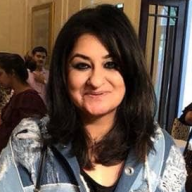
Jasmeen Dugal is Associate Editor at FashionABC, contributing her insights on fashion, technology, and sustainability. She brings with herself more than two decades of editorial experience, working for national newspapers and luxury magazines in India.
Jasmeen Dugal has worked with exchange4media as a senior writer contributing articles on the country’s advertising and marketing movements, and then with Condenast India as Net Editor where she helmed Vogue India’s official website in terms of design, layout and daily content. Besides this, she is also an entrepreneur running her own luxury portal, Explosivefashion, which highlights the latest in luxury fashion and hospitality.


